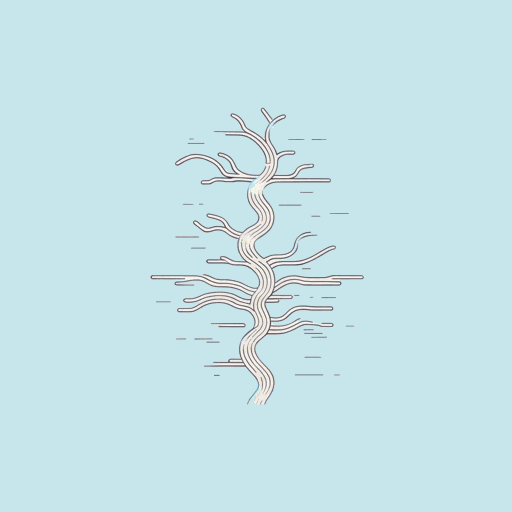58 pages • 1 hour read
Dennis LehaneShutter Island
Fiction | Novel | Adult | Published in 2003A modern alternative to SparkNotes and CliffsNotes, SuperSummary offers high-quality Study Guides with detailed chapter summaries and analysis of major themes, characters, and more.
Symbols & Motifs
Dreams
Teddy’s dreams are both a motif and symbolic in Shutter Island. The German psychologist Sigmund Freud believed that dreams were a way for the subconscious mind to manifest a person’s unconscious desires, thoughts, and motivations. And while psychologists still do not know why people dream, new science suggests dreams also help people create memories and process uncomfortable experiences and emotions that their conscious minds avoid. Teddy’s dreams function as a combination of all of these things: he relives both real and imagined scenarios as he struggles with his past.
While the content of Teddy’s dreams is highly symbolic, the act of dreaming symbolizes Teddy’s unwillingness to confront his actions or cope with his loss. They stand in stark contrast to Teddy’s memories, which focus on his idealized view of Dolores. Memories allow Teddy to view the past through rose-colored glasses, especially in terms of Dolores; he focuses on when they first met, back when she was “‘[t]he measure of every dream he’d never dared indulge’” (204). Because memories are a product of the conscious mind, Lehane believes memories are unreliable and too easily manipulated. The subconscious mind remains free from interference, so Lehane uses it to become the disseminator of truth.
Related Titles
By Dennis Lehane




